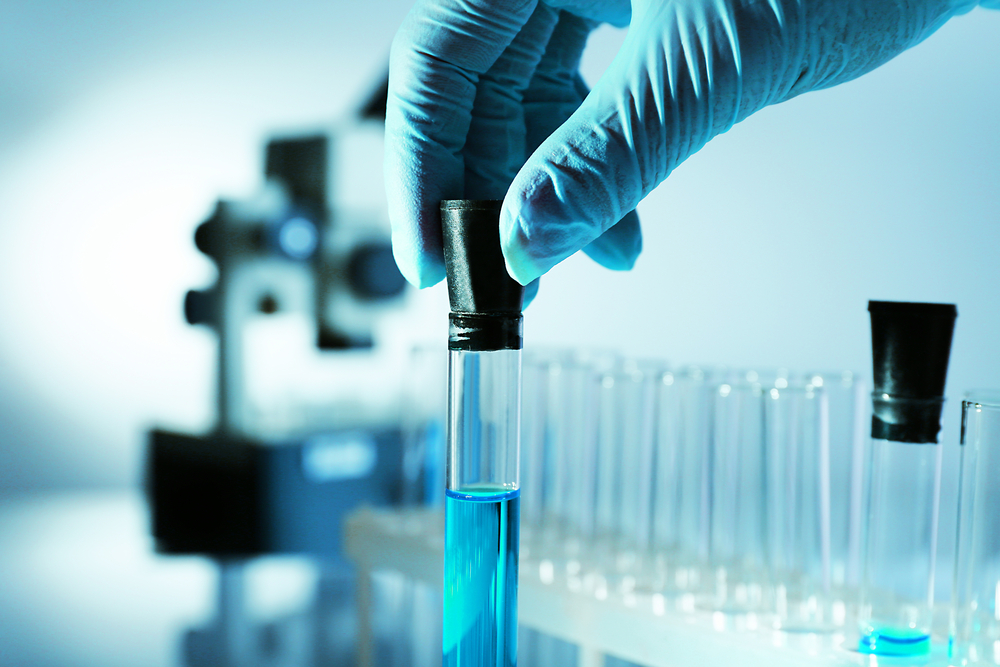Arsenic, naturally present at high levels in the groundwater of a number of countries, can alter an enzyme responsible for the modification of insulin secretion in the pancreas.
Marta Ostrosky Wegman, PhD, director of the Institute for Biomedical Research the National University of Mexico (UNAM), recently commented in a news release that clinicians usually consider type II diabetes to be a result of lack of exercise and exaggerated food intake. However, there are about 50 genes that cause DNA changes (polymorphisms) that when combined with harmful environmental factors put people at increased risk of developing the condition.
“This does not mean that everyone who is exposed to pollution will have diabetes, only those who are susceptible will develop polymorphisms,” said Wegman in a recent news release.
Dr. Wegman also mentioned that there are some substances termed diabetogenic and obesogenic, including cadmium, pesticides, chemical bisphenol A and others that can cause changes in DNA.
Arsenic is known to contaminate the tap water of northern Mexican states including Chihuahua, Sonora, Coahuila and Hidalgo. The main factors that allow Arsenic to contaminate water are the mining and overexploitation of underground aquifers.
Through her research over the past few years, Dr. Wegman discovered that people who drink water with elevated levels of arsenic are at increased risk for diabetes, due to the fact that the metalloid modifies calpain 10, an enzyme that alters pancreas insulin secretion.
She conducted in vitro studies in the Laguna Region (which includes three cities in the states of Durango and Coahuila) and discovered that people who drink arsenic-contaminated water have polymorphisms in calpain 10 genes. This causes the cells to be altered and prevents the body from taking advantage of glucose, increasing the risk for diabetes.
Based on these findings, the Laguna Region is now implementing measures to reduce arsenic in the water. One of these measures is to mix clean water with the contaminated water. The other measure is the promotion of bottled water intake in affected communities.
Wegman clarified that besides being a diabetogenic, arsenic also has an impact on the development of bladder and skin cancer. “We can not be so drastic and say that only eating carbs and not exercising is causing diabetes. There are other parameters that are related with genes and their interaction with the environment. We must know what toxic substances accumulate in the environment and avoid exposure to them.”


